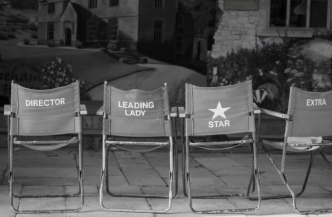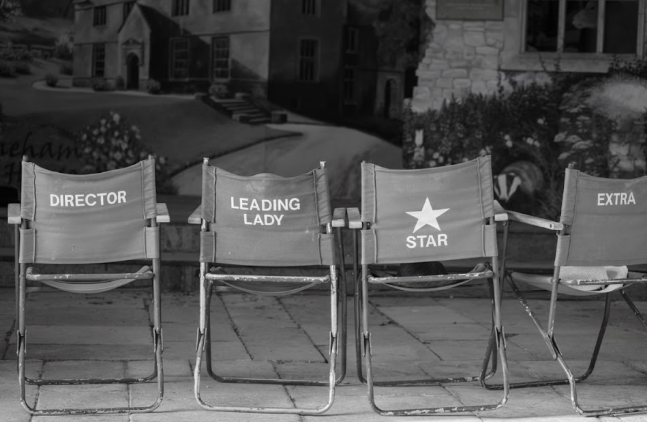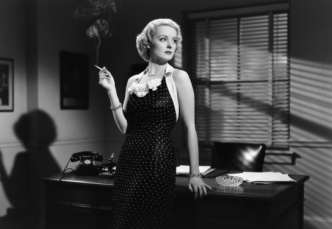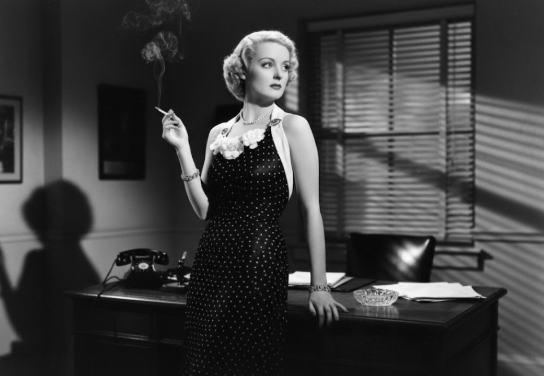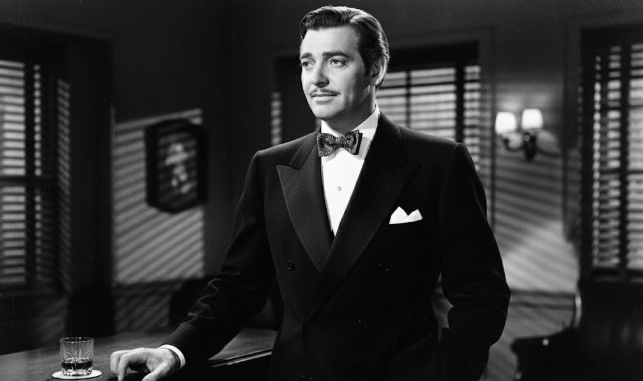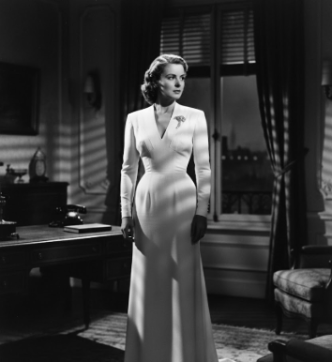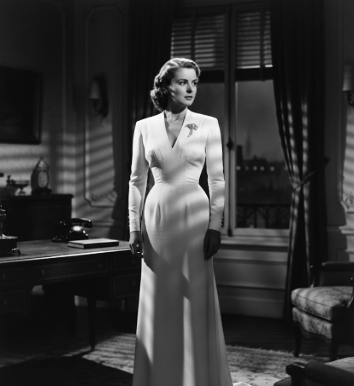From the late 1920s to the late 1940s, Hollywood was not just a place; it was a machine. This era, known as the Golden Age, was dominated by a handful of powerful corporations that controlled nearly every aspect of the film industry. This structure, known as the studio system, operated like a “dream factory,” mass-producing films on an assembly line and manufacturing stars with the same efficiency.
The major studios—the “Big Five” (MGM, Paramount, Warner Bros., 20th Century Fox, and RKO) and the “Little Three” (Universal, Columbia, and United Artists)—held an ironclad monopoly over American cinema. Through a combination of shrewd business practices, creative control, and a powerful star system, they created the legends and the films that still define classic Hollywood.
Vertical Integration: The System’s Backbone
The immense power of the major studios was built on a business strategy known as vertical integration. The “Big Five” controlled all three pillars of the film industry: production, distribution, and exhibition. This meant they not only made the movies on their own sprawling lots, but they also owned the distribution networks to get them to theaters and, crucially, owned the theaters themselves. By the late 1930s, these eight studios accounted for 95 percent of all film rentals in the United States.
This monopoly gave them absolute control over the market. Studios could force their own theaters to show only their films, locking out independent producers. They also enforced a practice called “block booking,” where independent theaters that wanted to show a studio’s single, highly anticipated “A-picture” were forced to buy a package of other, often mediocre, “B-pictures” without even seeing them first. This system guaranteed a profit on every film, regardless of quality, and was the financial engine that powered the entire studio system.
The Assembly Line and the Contract System
Inside the studio walls, filmmaking was a highly structured and efficient process, modeled after an assembly line. Each studio had specialized departments for every aspect of production, from writing and casting to set design and music. Everyone who worked on a film—actors, directors, writers, cinematographers, and technicians—was under a long-term, exclusive contract with the studio, often for as long as seven years.
This contract system gave the studios immense power over their talent. Actors had little to no say in the roles they were assigned and could be “loaned out” to other studios. They were paid a set weekly salary, regardless of how many films they made or how successful those films were. This system allowed studios to churn out a staggering number of films, with each major studio releasing roughly one feature film per week.
Manufacturing Icons: The Star System
The most valuable assets of the studio system were its stars, and the studios had a meticulous process for creating them. Promising young actors were scouted, signed to long-term contracts, and then completely transformed into a marketable persona. This often involved changing their names (Archibald Leach became Cary Grant, Lucille LeSueur became Joan Crawford), altering their appearances, and giving them lessons in acting, dancing, and diction.
A star’s image was carefully crafted and controlled by the studio’s publicity department. Their on-screen and off-screen lives were expected to align with their manufactured persona. Studios arranged sham dates for publicity, orchestrated “feuds,” and worked to cover up any scandals that might damage an actor’s image. Morality clauses were a standard part of contracts, giving studios the power to dictate how their stars behaved in their private lives. In this era, films were sold not on the basis of their story, but on the power of their stars, making the star system the primary marketing tool of the Golden Age.
Censorship and Control: The Hays Code
The content of the films themselves was also subject to strict control, not from the government, but from the industry itself. In response to a series of Hollywood scandals and pressure from religious groups like the Catholic Legion of Decency, the studios adopted the Motion Picture Production Code in 1930, commonly known as the Hays Code.
Enforced from 1934 to 1968, the Hays Code was a set of moral guidelines that dictated what could and could not be shown on screen. The code prohibited profanity, nudity, graphic violence, and depictions of “sex perversion” (which included homosexuality). It also mandated that crime could never be shown to pay and that authority figures like police and clergy must be treated with respect. This self-censorship forced filmmakers to become masters of innuendo and suggestion, shaping the famously restrained and sophisticated style of classic Hollywood cinema.
The Fall of the Factory: The Paramount Decree
The studio system’s dominance came to an end in the late 1940s, brought down by a landmark Supreme Court decision. In the 1948 case United States v. Paramount Pictures, Inc., the court ruled that the studios’ vertical integration was a monopoly that violated antitrust laws. The studios were ordered to end block booking and, most importantly, to sell off their theater chains.
This ruling, known as the Paramount Decree, shattered the foundation of the studio system. Without their own theaters to guarantee an audience, studios could no longer afford to mass-produce films and keep thousands of people under long-term contracts. At the same time, the rise of television in the 1950s began to pull audiences away from cinemas, further weakening the studios’ financial power. The collapse of the system ended the Golden Age and paved the way for the rise of independent producers and a new era in Hollywood

Dario Loce is the founder and editor of Celebrimous. He is a lifelong film enthusiast and the author of several locally-published books on cinema history and analysis. His passion is deconstructing the “how” and “why” of filmmaking, from the director’s vision to the editor’s cut. When not lost in a classic film, he’s usually walking through the city, replaying scenes in his mind like unfinished stories.
